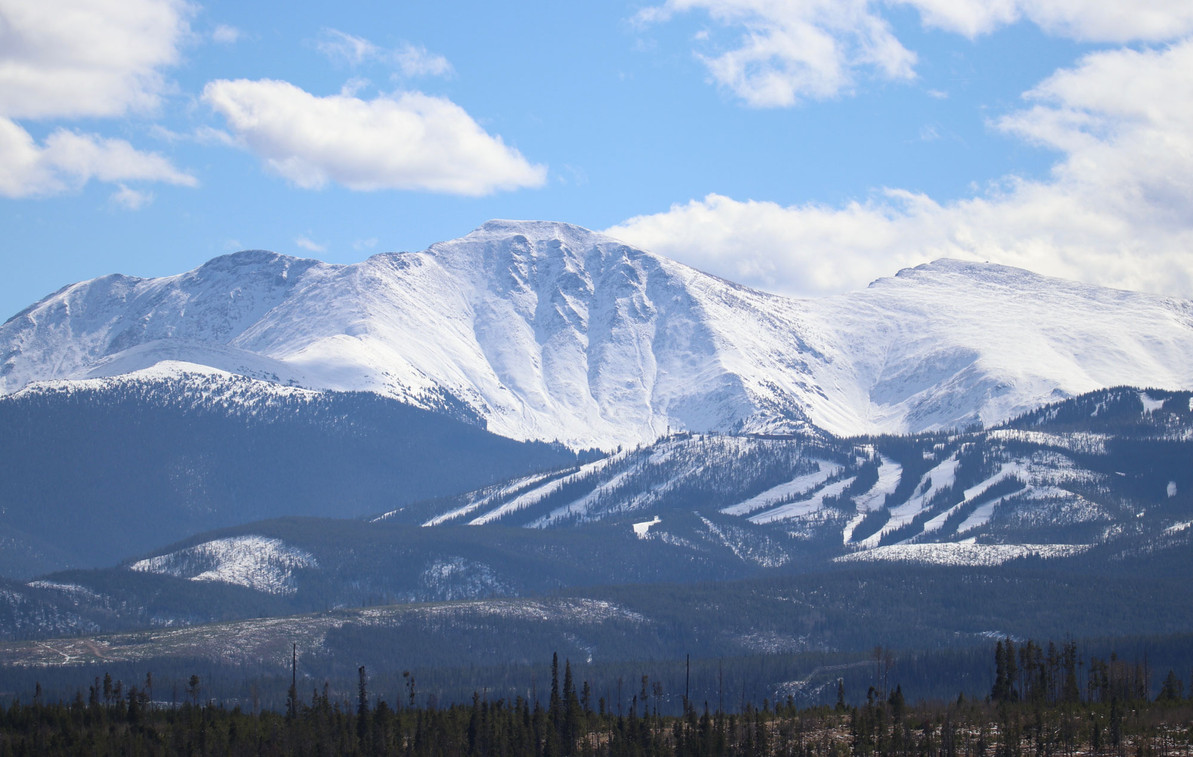3 U.S. National Parks to See in the Winter
Many people think of the summer months, with their warm weather and ample vacation time, as the best time to take a trip to one of America’s national parks, but along with all that sunshine comes large crowds and congestion, which is probably not what you’re looking for in some of the nation’s most beautiful expanses of wilderness. Planning your trip in the cooler months, though it may require some additional planning and preparation, allows for a more personal glimpse into the National Parks. These three parks are famous for their winter beauty.
1. Apostle Islands National Lakeshore
Located on the northern tip of Wisconsin, Apostle Islands National Lakeshore encompasses almost 70,000 acres, including 12 miles of mainland shoreline and 21 of the Apostle Islands. Known as the “Jewels of Lake Superior”, the Apostle Islands are home to old growth forest, wild blueberries, black bear, deer, and beautiful views.
Why Visit in winter?
When Lake Superior freezes sufficiently thick, the caves dotting the limestone cliffs can be accessed from the mainland by walking across the ice. Visiting the ice caves will require a good amount of walking -- at least two miles round trip -- so be sure to dress warm. Also, check the park website before visiting, as the conditions of the ice change day to day and the park will be closed if it is not safe. Some years the ice doesn’t get thick enough all winter, though the last two years have providoed opportunities to see the caves during at least part of the winter.
2. Everglades National Park
South Florida’s Everglades National Park is one of the world’s great hotspots of biodiversity and a must see for anyone interested in wildlife. The 1.5 million acre National Park is home to hundreds of species of animals, including alligators, manatees, and 350 species of birds, as well as several miles of hiking trails.
Why Visit in Winter?
The beautiful scenery and wildlife can be appreciated year-round, but South Florida’s subtropical climate is much more agreeable in the milder and less humid winter months. The months between December and March are the height of the tourist season, they also offer the best chance to see the park without getting rained on or engulfed by mosquitoes.
3. Yellowstone National Park
Yellowstone is one of America’s most popular national parks with over three million people visiting every year to get a glimpse of some of the country’s last unspoiled wilderness. A thousand miles of hiking trails offer visitors a chance to see wolves, grizzly bears, bison and other rare wildlife in their natural habitat, and over half of the world’s geysers, including the famous Old Faithful, can be seen in Yellowstone
Why Visit in Winter?
Summertime is peak season in Yellowstone, so by visiting in the winter you can avoid the crowds. The views will still be stunning, and the geysers and other geothermal features cast an amazing contrast with the snow covered landscape. It is very important that you plan ahead before visiting Yellowstone, especially in the winter, as much of the park is closed off. The North and Northeast entrances of the park, which provide access to Mammoth Hot Springs, are open and maintained year round.
Recent Posts
-
How to Keep Your Pets Safe While Camping
RVing and camping are a great getaway from the hustle and bustle of work and the city and the day-to …Jul 2nd 2024 -
Why Replace Your RV Furniture?
You may wonder when is the best time to replace your RV furniture. There is no one right answer to t …May 20th 2024 -
Can You Put Regular Furniture in an RV?
Many new and old RV owners ask themselves this question when they feel the need to update th …Apr 25th 2024 -
4 Tips for Securing RV Furniture While Traveling | RecPro
How To Secure RV Furniture There are few things that beat going out on an adventure with an RV …Apr 25th 2024 -
How To Keep RV Furniture From Peeling
Peeling RV Furniture | Why it Peels and How to Stop it Your RV furniture is a point of pride on yo …Apr 25th 2024 -
Turning up the Heat With an RV Fireplace
There’s an unlimited number of cool and exciting features you could add to your recreational vehicle …Apr 25th 2024







